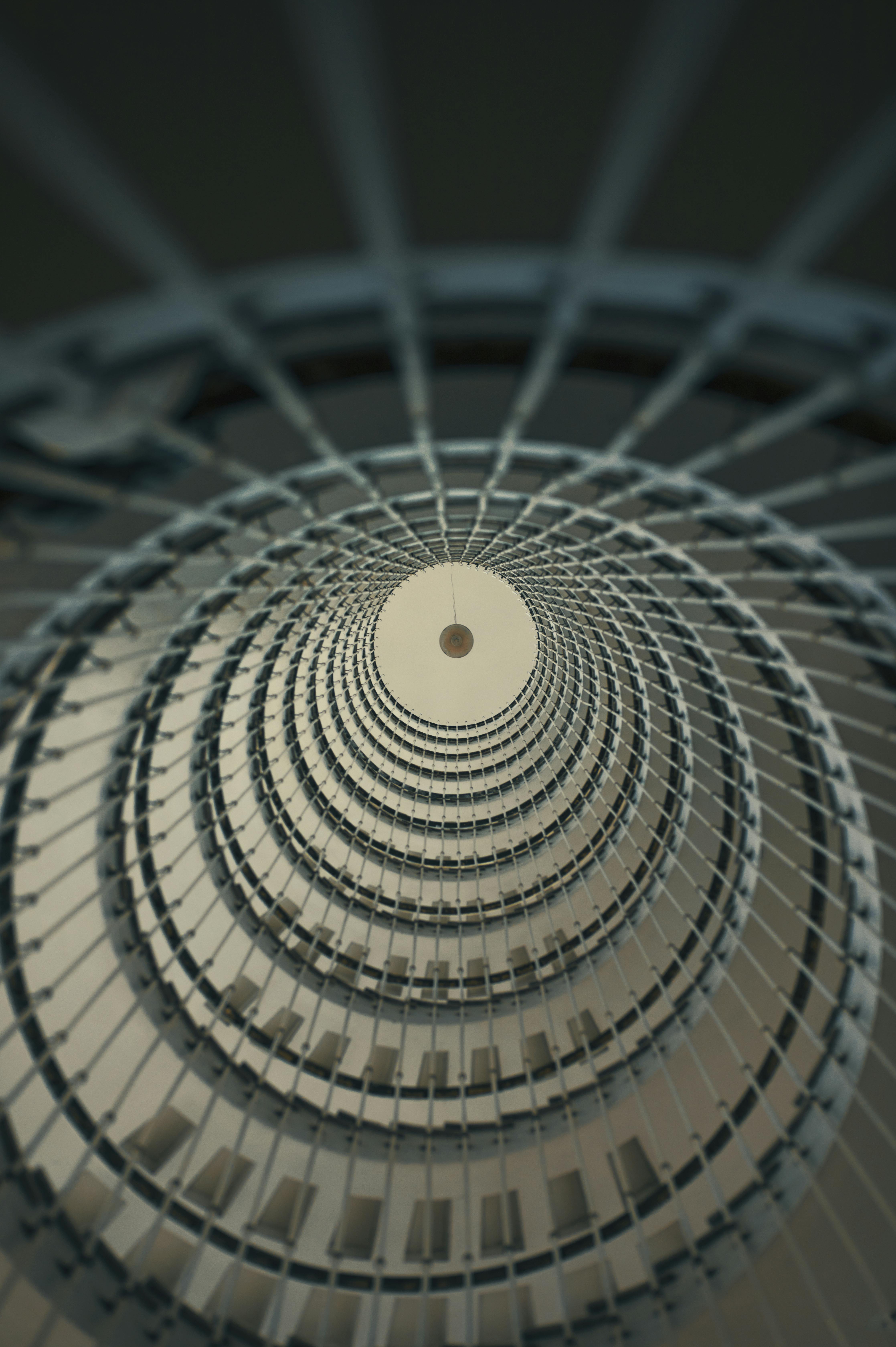Staring into the Future: The Advent of Holographic Display Technology
The future, as they say, is already upon us. It's just not evenly distributed. And nowhere is this more apparent than in the field of technology, where what once seemed like the realm of science fiction is rapidly becoming reality. One such example is holographic display technology, a breakthrough that promises to revolutionize the way we interact with digital content.

A Trip Down Memory Lane
Holographic displays have been a staple of science fiction for decades. From the iconic holographic chess game in Star Wars to the Minority Report’s futuristic computer interfaces, holography has always been synonymous with the future. But the concept of holography is not new. It was first introduced by Hungarian-British physicist Dennis Gabor in 1947 while he was attempting to improve the resolution of electron microscopes. Gabor later received the Nobel Prize in Physics in 1971 for his invention and development of the holographic method.
Breaking into Reality
In recent years, holography has moved from the realm of science fiction to reality. Companies like Looking Glass Factory and Light Field Lab are leading the way, with products that promise to bring holographic displays into our living rooms. These displays use a technology called light field technology, which replicates the way light behaves in the real world, creating 3D images that can be viewed from different angles without the need for special glasses.
The Present State of Holographic Displays
Currently, holographic display technology is still in its nascent stages. Most available models are relatively small and expensive. For instance, the Looking Glass Factory’s 8.9-inch holographic display retails for around $600. However, as with any new technology, prices are expected to drop as production scales up and the technology becomes more common.
Moreover, the potential applications for holographic displays are vast. From advertising and entertainment to medicine and architecture, the ability to interact with 3D digital content in a more immersive and intuitive way could have far-reaching implications.
The Future is Bright…and Holographic
As we move forward, it’s clear that holographic display technology has the potential to revolutionize many aspects of our lives. It could fundamentally change the way we consume media, interact with our devices, and even perceive the world around us.
While there’s still a long road ahead before holographic displays become commonplace, the progress made so far is promising. With continued investment and research, it won’t be long before the holographic displays we’ve seen in movies become a staple of our everyday lives.
To sum up, holographic display technology is an exciting development in the field of technology. It’s a testament to human ingenuity and our relentless pursuit of innovation. While we’re still in the early stages, the future of holography looks bright, and it won’t be long before this futuristic technology becomes a part of our everyday reality.




